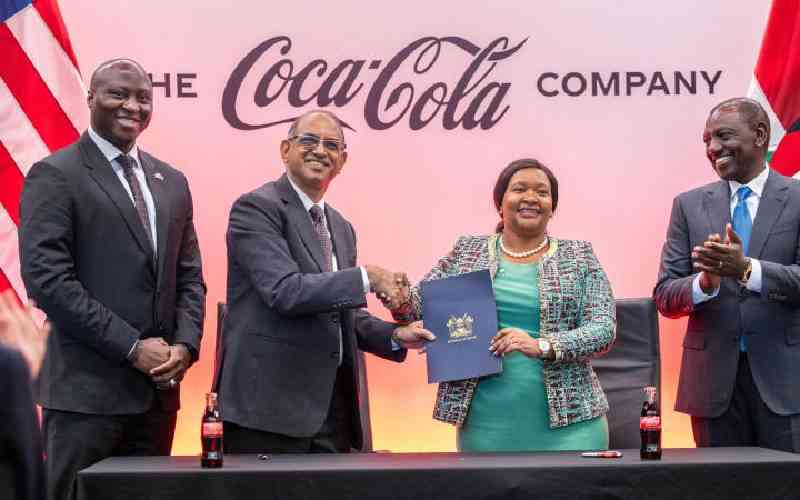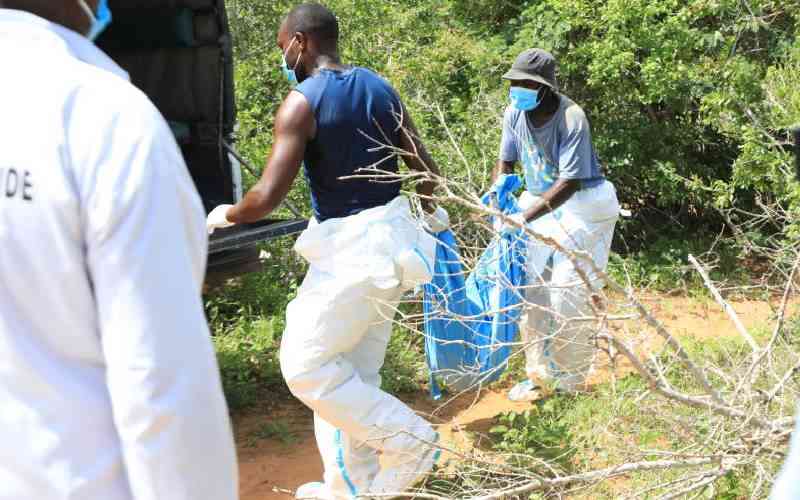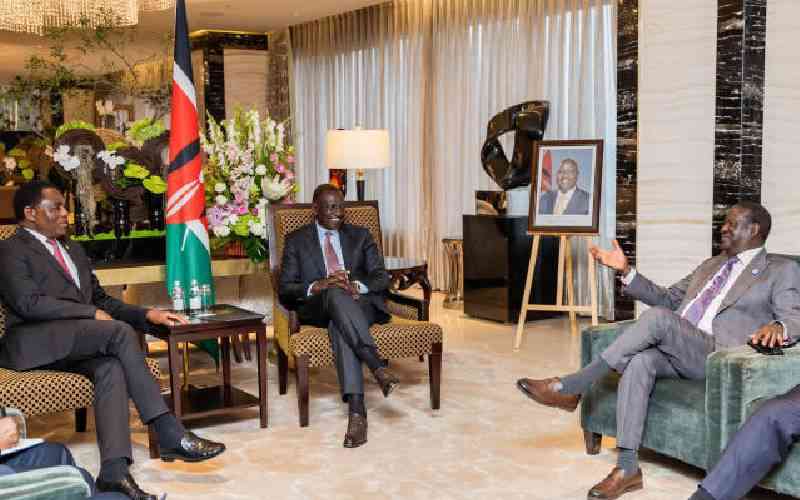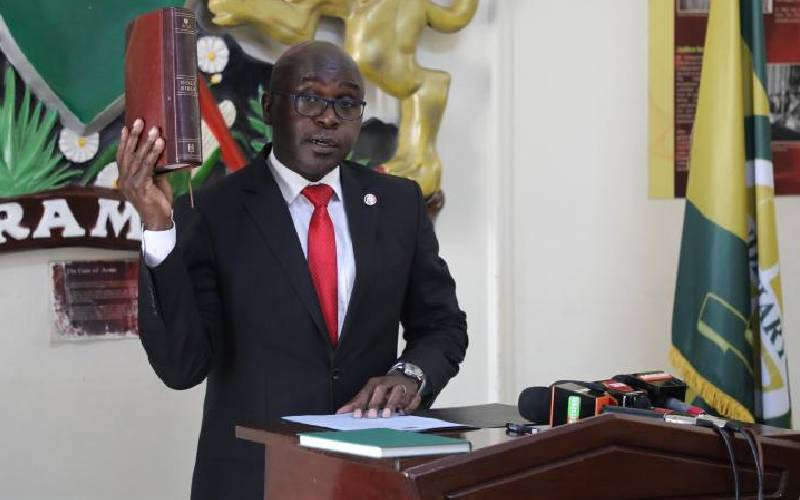By Omulo Okoth
Traditionally, the Olympics is a forum for countries to display their talent; a world stage in which competitors’ success is a nation’s pride.
When the winners stand at the podium to receive their medals, the rest of the world as the winner’s country’s national anthem is sang.
As competitors took to the track for that kick that could hoist their country’s flag, other contenders were outside the field, winning different medals — in marketing their countries.
London was an opportunity for countries to display their offers to the millions of spectators at the Olympics from all over the world. They spent billions of shillings for this assignment.
Nigerian literature
For example, Nigeria set up camp at Royal Theatre, Newham, at a cost of $360 million (Sh30 billion). Their selling points were iconic Nigerian literature and oil.
Others too, spent billions of shillings to ensure their nations were marketed properly.
It is a rare opportunity to find so many nationalities gathered at the same venue — an exciting happening for any smart marketer.
So South Africa was at London Eye and Russia at Marble Arch where they paid £100 million (Sh8.4 billion).
Switzerland also paid millions of Swiss francs at Glaziers Hall, where they marketed their renowned brands like chocolate, restaurants, among others.
The UK was not to be left behind. At the Westfield City Stratford, where they paid £45 million (Sh5.8 billion).
Netherlands and Australia showcased their economy at different venues while Jamaica proudly displayed their music and food.
The Kenya House, which was situated in West Ham Lane in Stratford, a Spartan office block a few minutes walk from the Olympic Games venues, cost £150,000 (Sh25 million).
At the house, first Kenyan President Jomo Kenyatta and Nobel laureate the late Prof Wangari Maathai’s portraits were prominently displayed alongside those of athletes such as world 800m champion and record holder, David Rudisha, double world champion Vivian Cheruiyot and the legendary Kipchoge Keino.
Ten people working there were from Kenya while the rest were hired locally. Rose Kimonye, Brand Kenya CEO, said the house received an average of 500 visitors per day since its inception.
Stay informed. Subscribe to our newsletter
Delicacies
Kenyan delicacies such as ugali, fish and beef were in high demand. Tusker beer, tea, Maasai beads, fossils and other memorabilia — all in line with the house’s themes of tourism, corporate brands and sporting history — were in plenty.
President Kibaki led a delegation of bureaucrats, corporate captains and parastatal chiefs to launch the Kenya House whose aim was to create awareness and generate interest in Kenya, attract healthy media attention and mitigate against the picture of 2008’s post-election violence.
It was also to leverage the brand of Kenya runners and Olympic history.
Apart from KCB, which sponsored the house, other Kenyan corporations present included the National Social Security Fund, Vision 2030, Kenya Tourism Board, National Museums of Kenya and Export Processing Zones Authority.
With the kind of success the house registered, Kimonye said they expected an increase of tourists coming to the country in the next few months as well as investor interest in the country.
Kenya is well known for her amazing safaris and beaches. Those who had inadequate information about the country got their questions answered — and perhaps were convinced about visiting to sample its beauty.
In the next few months, the countries that marketed themselves to the London millions, including Kenya, must prove that they did a good job by showing that their efforts indeed yielded fruit in terms of business deals cut and closed.
 The Standard Group Plc is a
multi-media organization with investments in media platforms spanning newspaper
print operations, television, radio broadcasting, digital and online services. The
Standard Group is recognized as a leading multi-media house in Kenya with a key
influence in matters of national and international interest.
The Standard Group Plc is a
multi-media organization with investments in media platforms spanning newspaper
print operations, television, radio broadcasting, digital and online services. The
Standard Group is recognized as a leading multi-media house in Kenya with a key
influence in matters of national and international interest.
 The Standard Group Plc is a
multi-media organization with investments in media platforms spanning newspaper
print operations, television, radio broadcasting, digital and online services. The
Standard Group is recognized as a leading multi-media house in Kenya with a key
influence in matters of national and international interest.
The Standard Group Plc is a
multi-media organization with investments in media platforms spanning newspaper
print operations, television, radio broadcasting, digital and online services. The
Standard Group is recognized as a leading multi-media house in Kenya with a key
influence in matters of national and international interest.






